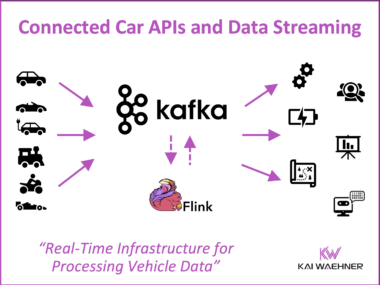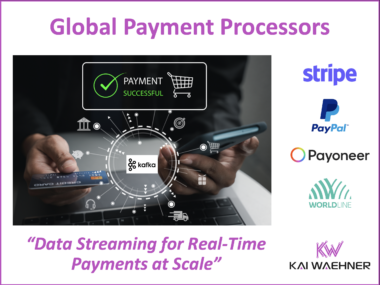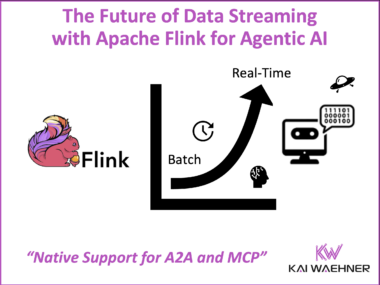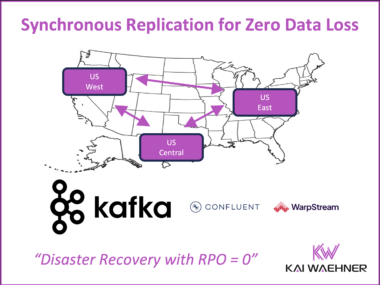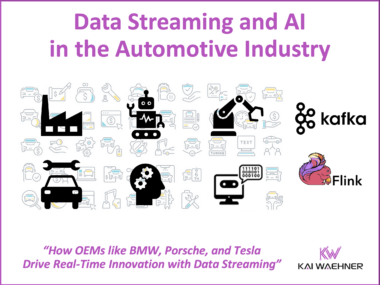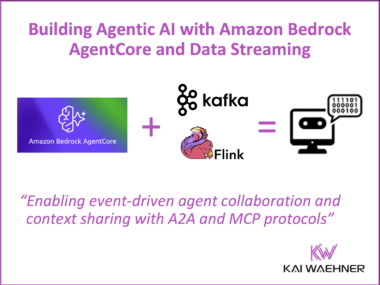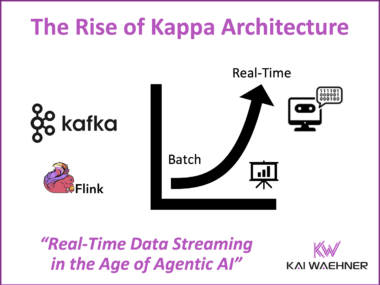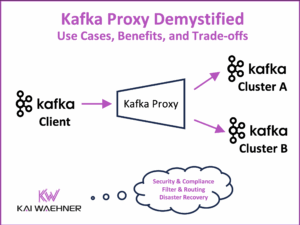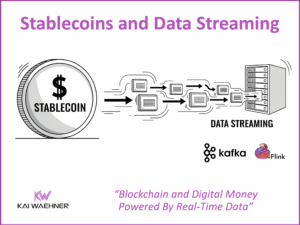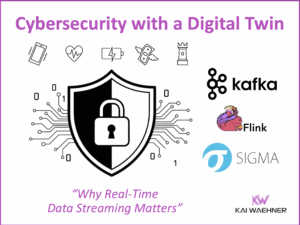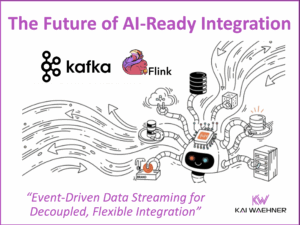Streaming the Automotive Future: Real-Time Infrastructure for Vehicle Data
Connected vehicles are transforming the automotive industry into a software-driven, data-centric ecosystem. While APIs provide access to critical vehicle data, they fall short when it comes to real-time intelligence and scalability. This post explores how data streaming with Apache Kafka and Apache Flink turns raw API responses into reusable, governed data products that support real-time operations, analytics, and innovation. Learn how industry leaders are combining APIs and event streaming to build modern automotive platforms -where real-time data becomes a strategic asset.

